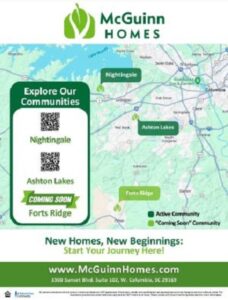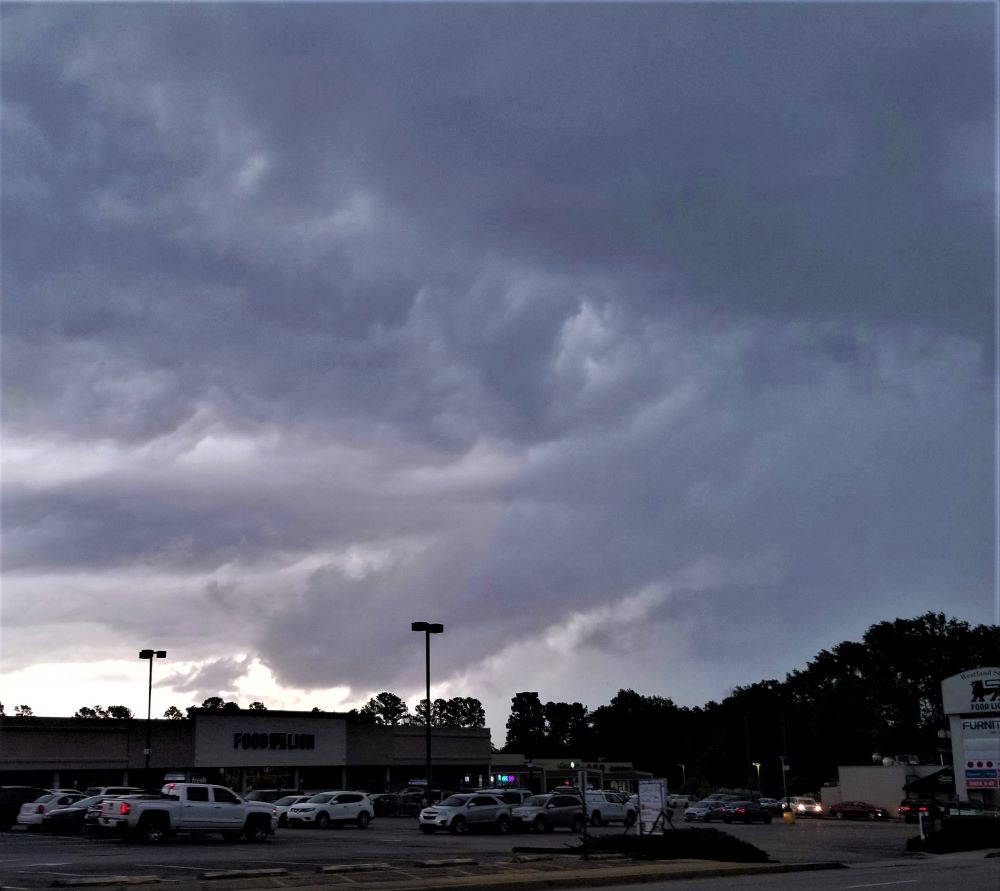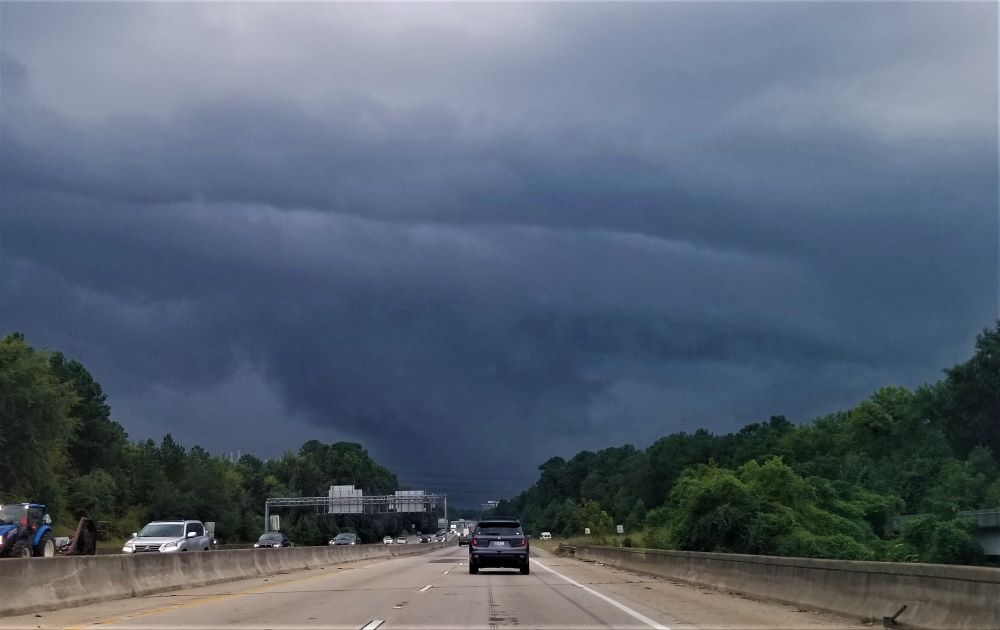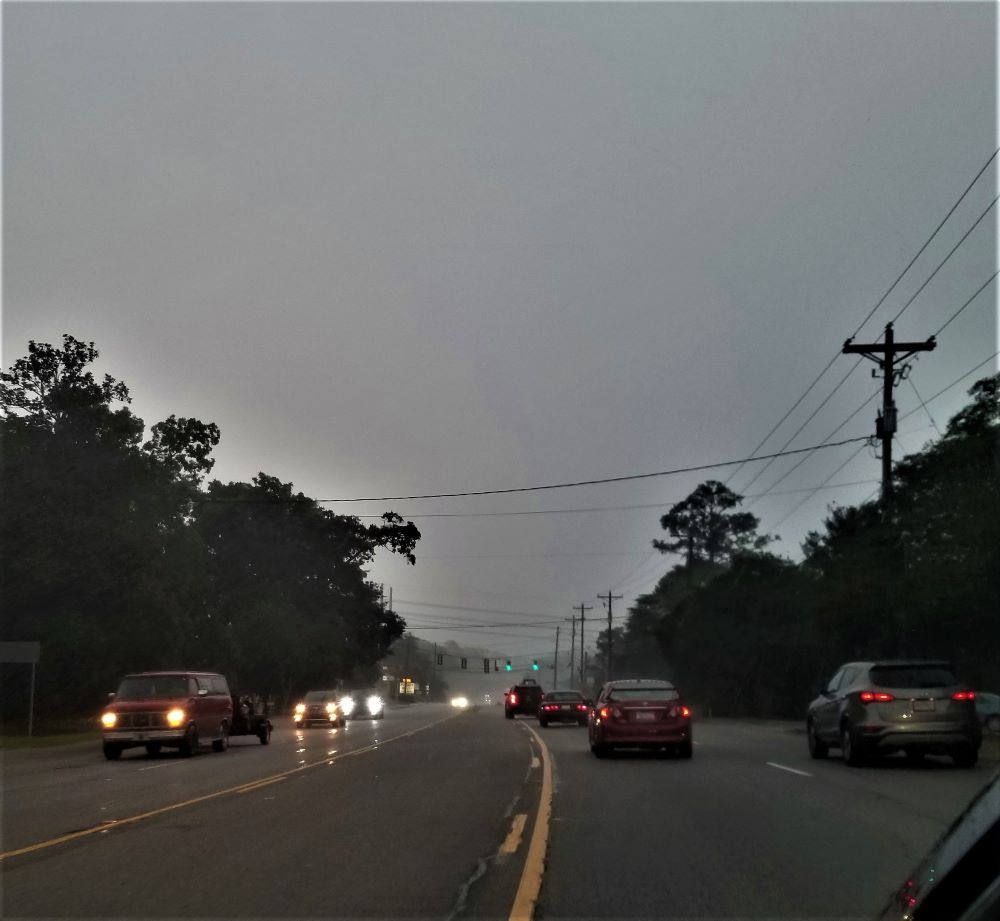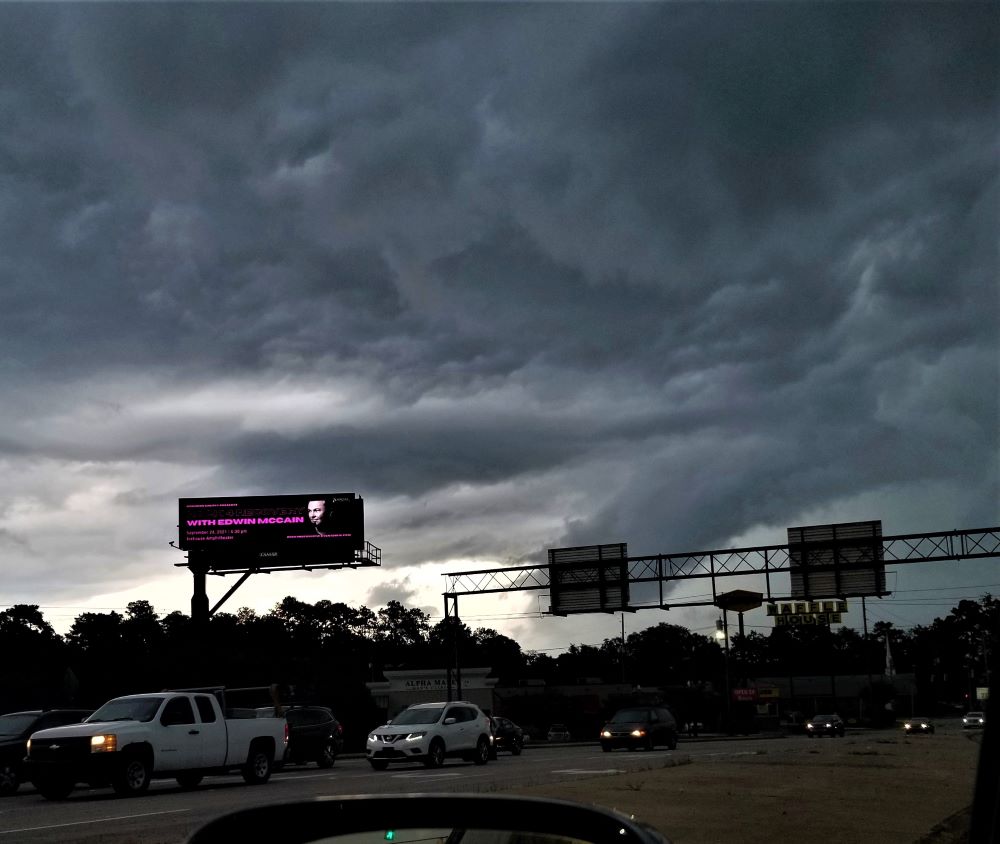
In a weather emergency, West Columbia schools have a plan, you need a survival kit
September is National Emergency Preparedness Month. In West Columbia, local officials have a plan and they are sure to make note of available resources as their attention turns toward awareness.
West Columbia Police Chief Marion Boyce and West Columbia Fire Chief Chris Smith refer to trusted sources when seeking information regarding emergency preparedness.
“The South Carolina Emergency Management Division is a great source of information for what you need in case of an emergency. They can tell you what you will need in a kit,” Smith said. Boyce agrees that the SCEMD is a great source for emergency preparedness.
Below is a list of items suggested by the SCEMD:
- Include at a minimum:
- Water, 2 gallons of water a person a day for at least 3 days
- Food, at least a 3-day supply of non-perishable food
- Battery-powered or hand crank radio and a NOAA Weather Radio and extra batteries
- Flashlight and extra batteries
- First aid kit
- Whistle to signal for help
- Moist towelettes, garbage bags and plastic ties for personal sanitation
- Wrench or pliers to turn off utilities
- Manual can opener for food (if kit contains canned food)
- Local maps
- Cell phone with chargers
- Prescription medications and glasses
- Infant formula and diapers
- Pet food and extra water for your pet
- Family documents like insurance policies, ID, bank account records in a waterproof container
- Family emergency contact information
- Cash or traveler’s checks and change
Click here for a link:
In addition to West Columbia City officials, there are public schools in West Columbia. Dawn Kujawa, Lexington Two Schools Communications Director said school officials follow a plan when preparing to react to an emergency situation.
There are a couple of different scenarios the school district plans and drills for regarding weather events.
First is the scenario of severe weather being imminent — a tornado, for example — and there is no time to evacuate the school. An announcement would be made over the intercom about the imminent weather. Then, school administrators would:
- Gather all students from the halls and bathrooms into classrooms
- Review severe weather procedures (note: the schools conduct regular drills on these)
- Get all students in hallways and close the classroom doors. Get students in the proper position in the hallways.
- Stay sheltered in place until we receive the “all clear” from the weather warning.
- If buses are on the road when the weather warning is issued, busses will be re-routed to the nearest school, where there is shelter.
The second scenario is of a pending weather event, such as a hurricane.
School administrators work with district and emergency officials tracking the storm system several days in advance. Officials listen to forecasts and hear about plans from local and state EMD officials.
If school officials make a decision to cancel school in advance of a major weather event, and there are evacuations elsewhere in the state, West Columbia schools have been used on occasion in the past as temporary shelters.
Also, Lexington Two was among districts in an eLearning pilot for remote learning makeup of missed days for inclement weather. Given that experience, and other remote learning experience due to COVID, Lexington Two teachers and students would be prepared to carry on several days of remote learning if effects of a weather event such as a hurricane kept the district’s buildings closed for several days.
Do not be caught unprepared. Have a plan and a survival kit. National Emergency Preparedness month is a good time to get ready for a disaster.



